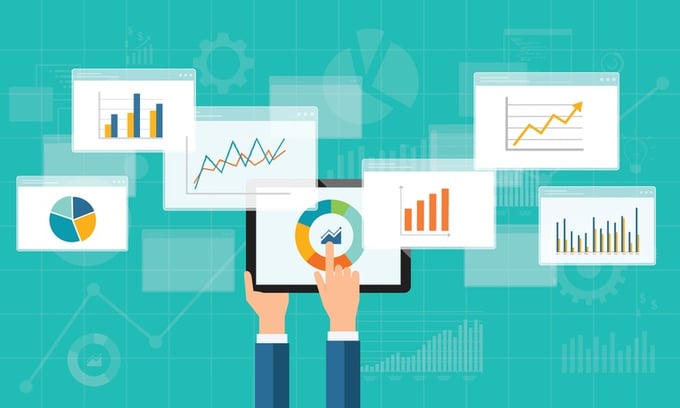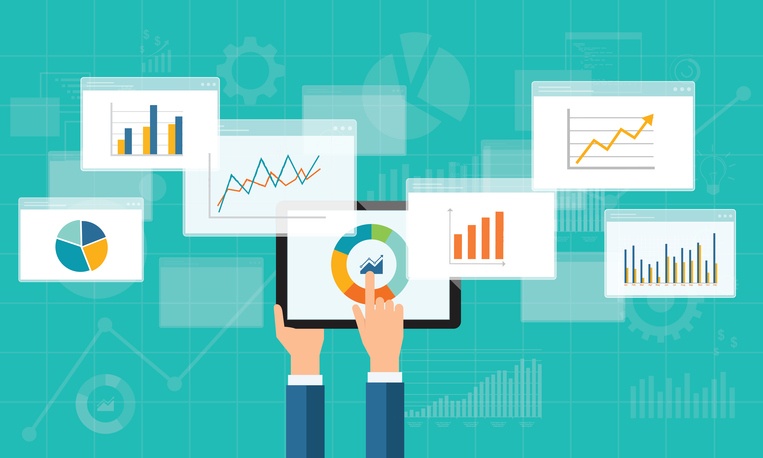
You already know that inside sales drives more revenue at a lower cost. However, in order to manage teams and ensure a steady flow of leads, this requires appropriate tools and technology.
As big data becomes a reality for businesses looking to manage large volumes of information, data analytics tools have emerged as a reliable way to identify trends and patterns and monitor buyer activity. These tools create a better understanding of your prospects. And while this may be a no-brainer, information-based decisions are better than arbitrary or judgmental ones. Luckily, you don't need to be a data scientist to employ data analytics technology. These days, tools automate and simplify much of the process for you.
To help illustrate how technology works in tandem with inside sales best practices, here are three types of data analytics tools that can benefit your organization.
1. Predictive sales analytics
Touted by Inc. magazine as the next big thing, predictive sales analytics tools have the ability to predict not only your best leads and prospects, but also the most effective ways to reach and engage them.
These tools utilize data mining, machine learning, and statistics to extract complex information from data sets to determine trends and predict outcomes. These predictive models are made up of factors that influence future results, such as company size, sales cycle, and purchasing history.
In less complex terms, these tools enable businesses to predict the future. And ultimately, they have the ability to transform the science of sales forecasting into a more precise process.
2. Data preparation
Ever spent hours manually sourcing, shaping, or cleaning a spreadsheet? We understand your pain.
Whether you’ve been in a sales-ops role or not, data quality and access comprise a troublesome burden. For starters, data must be pulled from sales, marketing, and financial departments, most of which use disparate applications and formats. And once you have access to your data, there are numerous problems and errors that your inside sales teams may encounter.
Self-service data preparation tools are transforming how sales teams acquire, manipulate, and blend data. These tools simplify the preparation, analysis, and visualization processes and transform results into actionable intelligence that drives timely, informed decisions. Finally, they are often integrated with enterprise apps and third-party data so that insight can be accessed easily and accurately.
3. Data integration
As sales managers, you know that leads are the foundation of your success. They provide you and your reps with the necessary information to take action.
However, a huge challenge for sales teams is the sheer amount of data that is collected through a growing amount of sales and marketing technology applications. Far too often, data sources become siloed so that it’s nearly impossible to discern what’s relevant.
This makes it tough for sales teams to identify the best leads or promising customers. And when data is not managed properly, they can overpower your business. That’s why the future of sales is integration. Data integration technology provides automated, agile solutions that enable businesses to combine or migrate data—swiftly and cost-effectively.
The implementation of seamless, data-enhanced tools enables organizations to reduce the volume of applications—all while setting your teams up for success.







